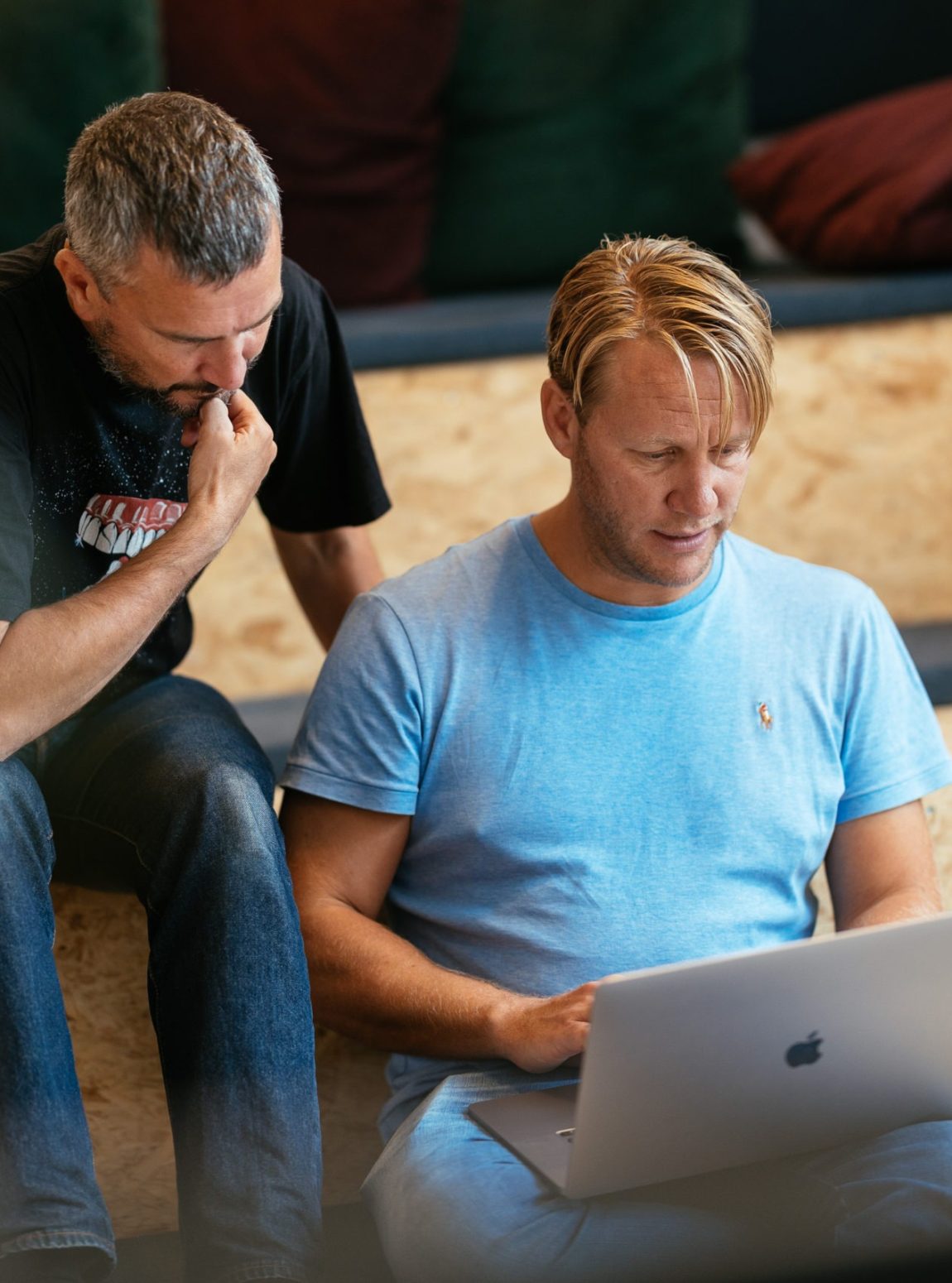Introduction
Georg Jensen (GJ) is a Danish company with a long tradition of developing unique artisanal quality products and timeless aesthetic design, ranging from watches jewelry, and products for the home.
When Georg Jensen established the collaboration with aety, Georg Jensen was interested in centralizing the management of user inquiries for their IT organization to better collaborate across departments, serve users better, and improve reporting.
At this time, Georg Jensen used Jira Software (JSW) in Cloud for their development projects and had a single Jira Service Management (JSM) project. At this time, Georg Jensen was unfamiliar with all of Jira’s functionalities and, therefore, did not fully make use of the applications.
Problem
Georg Jensen faced a challenge in terms of managing IT user inquiries and systematically solving them. At that time, the challenge consisted, among other things, of that Georg Jensen’s end users had to create service requests and incidents in their supplier’s ITSM system, which Georg Jensen’s internal IT department used for case management. At the same time, users contacted the internal IT via email with the same- or other queries. This made the task solution challenging, as the information was scattered in emails and the supplier’s ITSM system.
Another challenge using the supplier’s ITSM system was that Georg Jensen was locked into the supplier’s way of setting up and configuring the ITSM system, limiting the opportunities to develop and mature Georg Jensen’s ITSM processes.
Georg Jensen is a global company that receives IT inquiries from users in various countries. Still, their ITSM setup at the time made it difficult to report on which countries the user inquiries originated from. This challenged Georg Jensen to allocate the necessary resources and funds to the countries.

In addition, the customer was dissatisfied with how inquiries were handled internally. They lacked a system in which customer service could find all the relevant information about the inquiry they received – easily and quickly. Previously, employees had to look up topics in several documents, which were located in different places in many editions. It was therefore not always possible for the employee to identify the latest and correct variation of the document, which the person could use as a starting point. Therefore, the customer needed a unified knowledge platform where all customer service employees could find relevant knowledge in the latest editions.
Last but not least, the customer would like a tool in which they could report on inquiries received at customer service. They wanted a way in which employees could link operation and development to tasks while simultaneously receiving continuous status updates.
Product and solution
Aety initially assisted Georg Jensen in implementing a Service Desk portal for the end users, which acts as a single point of contact for all Georg Jensen users. This is regardless of whether Georg Jensen’s infrastructure supplier will handle the inquiry or whether Internal IT is to handle the matter.
To support authentication and reporting capabilities, Aety helped set up JSM so that when a case is created, information about the user is retrieved from Azure AD (via automations) to contain information about which department and country the user comes from. If the case requires approval, the Line Manager is also retrieved so that he can approve the request, e.g., when purchasing hardware/software.
Aety also helped configure several Jira Software projects so that Georg Jensen had closer and better cooperation between employees in operation and development. Concretely, the setup works, so cases created in the operation’s JSM project and which turn out to be change requests or bugs in existing code result in a case being automatically made for the development department in JSW, which is linked with the operation’s case.
The smart thing is that the developer who has to solve the case can communicate directly with the end user or the employee from operations by prefixing the comment. The synchronization of comments is created via Jira’s automation engine.
Aety assisted in implementing an integration to Georg Jensen’s supplier’s ITSM system completely without using specially developed code. The integration is built entirely on Jira’s automation engine. The integration ensures that cases are synchronized between Jira and the supplier’s ITSM system, which means that Georg Jensen only needs to navigate in Jira to get a comprehensive overview of all ongoing cases, regardless of whether they are resolved internally by Georg Jensen or the supplier.
In the same way, an integration has also been made between one of the JSW projects and a supplier of software development so that the project manager can hand over development tasks if there is no internal capacity to solve them.
Aety has also helped streamline Georg Jensen’s ITSM processes to be more standardized, which has given Georg Jensen the following advantages.
- It is easier to onboard new resources when processes are consistent and approach industry standards. This is the case as new employees often want to know the processes of other companies.
- It is easier to maintain workflows in Jira.
- It provides better cooperation between the different departments when the processes are standardized.
Aety's approach
When the project started, Georg Jensen was in a transition phase, where the Danish IT department had to be expanded to become more of a global group function. There were, therefore, several work processes that were not fixed. That challenge was solved by aety facilitating several workshops on-site and continuously prototyping so that Georg Jensen had the opportunity to review and think through the processes along the way.
When the system was used, there was less need for education/training in the new processes. They were already incorporated during the implementation of the new processes in Jira.
The implementation project has been carried out in close collaboration rather than a traditional customer/supplier relationship.
Several workshops were then held, where the participants in the working group were allowed to configure the systems on their own with the help of the consultants. This allowed the customer to train super users who got the systems completely under their skin while deciding how they should be configured.

During the process, aety, in collaboration with the working group, continuously identified problems that could be quickly solved together, as all participants in the working group had a decision-making mandate. This had the advantage that the configuration process was shortened, as the working group of decision-makers agreed with the ongoing changes and had no objections later in the process.
After configuring the 3 systems and the subsequent implementation, aety held several training sessions for a wider group of employees to train them on how to work in the systems. Since the implementation of JSM, Jira Software and Confluence, aety has had follow-up support tasks, which are aimed at the first configuration of the systems, as well as new requests that the customer has subsequently received.
Result
- Georg Jensen can now see which departments and countries report cases, so they know where to spend their development budget.
- Common overview and better reporting options.
- Service users no longer use E-mails, as JSM’s service portal is used by service users instead.
- Georg Jensen has established and works according to standardized processes.
- There is a better connection between users who report bugs and deficiencies and what the developers spend their time on.
- The standardized processes and the new service portal give Georg Jensen’s IT PMO function a better opportunity to manage portfolios.
- Integrations from JSW and JSM to Georg Jensen’s suppliers’ IT systems support flexible task-solving.

